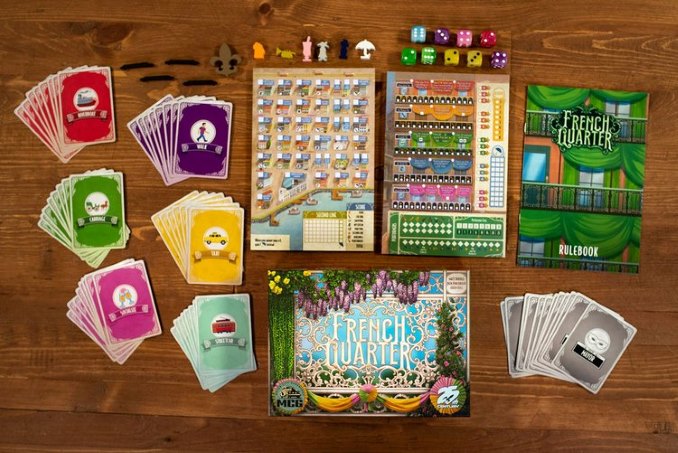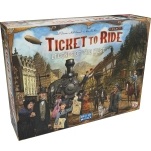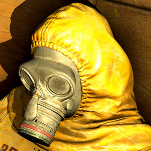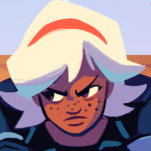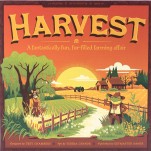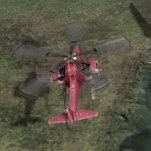French Quarter Takes the Roll-and-Write Game Down to New Orleans
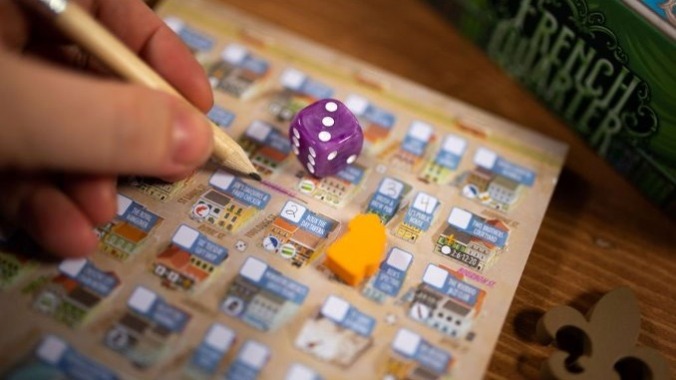
French Quarter is the latest roll-and-write game from some of the masters of the genre, Matt Riddle and Ben Pinchback, who also designed the acclaimed Fleet: the Dice Game, Three Sisters, and last year’s Motor City. They’re joined here by designer Adam Hill (Godspeed) for a new board game with some familiar elements that ramps up the difficulty rating without a steeper learning curve; once you get it, you’ll know how to play, you just may not know how to play well. (I don’t, yet.)
A roll-and-write game, for those new to the form, is just what it sounds like: You roll some dice, pick one, and then write at least one thing on your scoresheet(s). Yahtzee and Kismet are probably the best-known ones; I reviewed five favorites of mine, including Three Sisters, in a column last year for Wirecutter, and I could recommend another 10 or 20 if you have a moment. (Wait—where did you all go?) The beauty of these games is that they move extremely quickly. Either you all play simultaneously, or turns move fast because you just take one die and then write something.
Like all of Motor City Gameworks’ roll-and-writes, French Quarter has two scoresheets per player, here representing a map of the iconic neighborhood of New Orleans and various tracks to mark what your tourist has done around town. As you mark off more squares, you’ll earn various bonuses that might let you mark off even more squares, often chaining bonuses to try to maximize the number of squares you’ll check before game-end.
French Quarter’s rule book is a little tight, but once you get the rhythm of the turns they move very quickly. Each round begins with the roll of the game’s dice, the number of which can vary a little by player count, after which they’re placed on the matching colored cards. Those cards represent methods of getting around the district—walking, riverboat, carriage, and “socializing,” among others. When it’s your turn, you select a die and then do three things with it: You take the action or actions shown on the card the die was on, you move your tourist meeple on your map sheet to another building and take the action(s) shown there, and then you “map” the building by writing the die’s value, if you haven’t mapped it already. (You can visit a building multiple times to take its actions, but can only map it once.)
Actions here mean marking off more squares on your sheets. Your second sheet has five activity tracks, each of which has a unique symbol and corresponds to one street on the map. You mark off squares left to right on those tracks, some of which will unlock immediate bonuses, ongoing powers, or game-end scoring. There is also a performer track, where you can get points for collecting up to two complete sets of eight performer icons; an umbrella track, the most common symbol in the game, where you get a free mark on any activity square for every three umbrellas you collect; and the second line track, which is a whole separate action that hits all players at the end of certain rounds. If any player chooses the socialize action, the second line will move one more block on everyone’s maps, and you check off one box in the second line’s track for every marked building that the second line passes on your map—not just on this turn, but from the entire game to that point.
-

-

-

-

-

-

-

-

-

-

-

-

-

-

-

-

-

-

-

-

-

-

-

-

-

-

-

-

-

-

-

-

-

-

-

-

-

-

-

-

